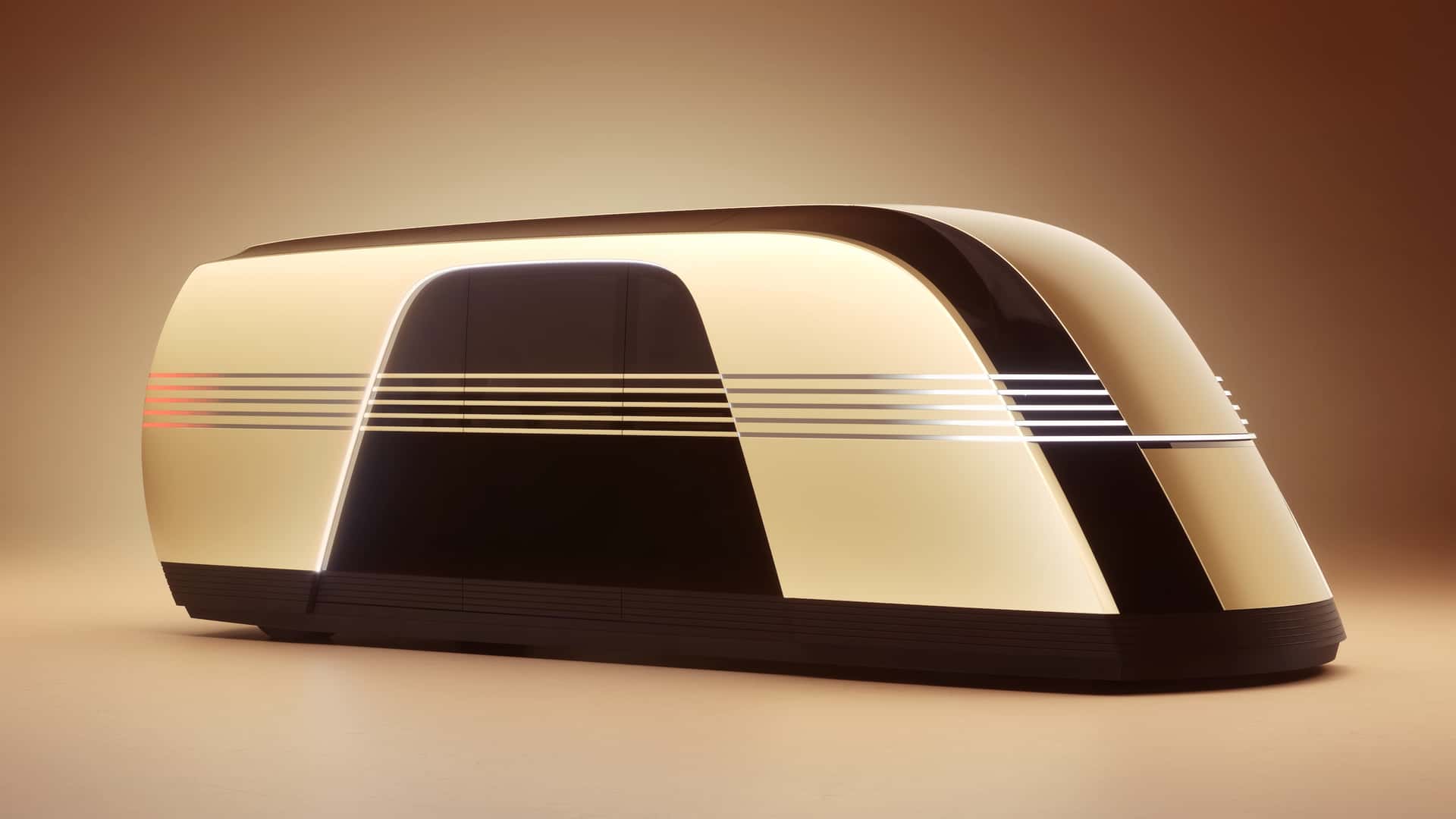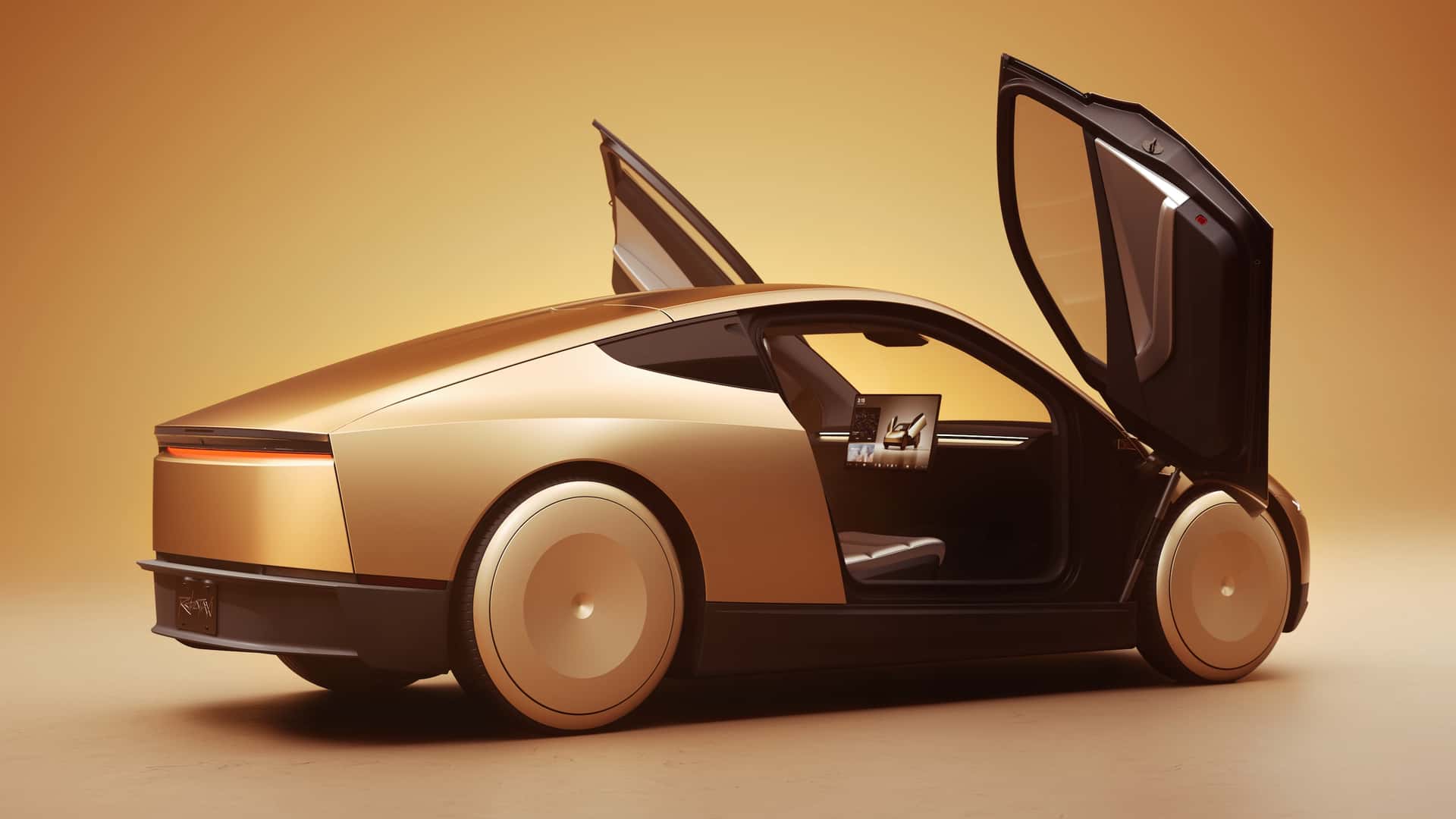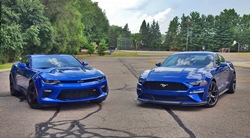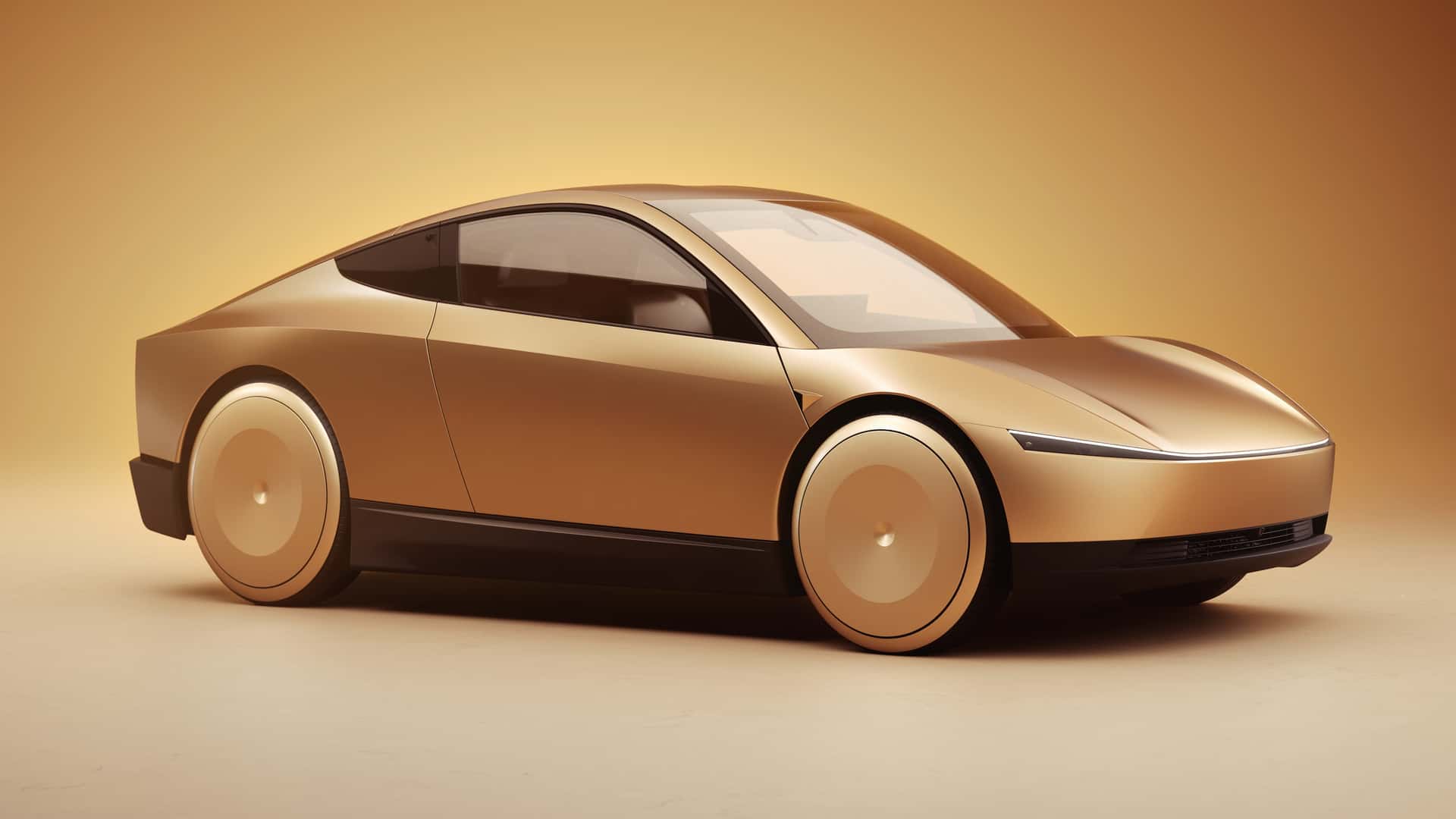Tesla made a splash when the company boldly announced it was diving head first into Robotaxis with the EV company unveiling two concepts a traditional two-door CyberCab and a larger RoboVan model with the latter being meant for mass transit roles. The company was confident about when it could unleash its taxis but the Feds don’t have the same amount of optimism and Tesla will now have to answer some tough questions before its taxis will be allowed to operate on public roads.
Tesla’s timeline raises questions

Tesla CEO Elon Musk once said that Tesla planned to unleash its Robotaxi fleet starting this year with evaluation routes being created in Austin, Texas. However, the National Highway Traffic and Safety Administration (NHTSA) is putting the brakes on the plan for now and Tesla will be forced to answer some tough questions first before the taxis can operate. The bulk of their questions come from several ongoing investigations into the safety of the company’s Full Self-Driving (FSD) feature with several crashes being attributed to the system. This has continued even after the company made changes to the system to try and solve the problem. The agency also has questions about the relationship between FSD and the sensors used in the Robotaxis.
In addition to the core safety questions, the NHTSA is also asking for more information on how many taxis the company will be putting on the road and how the company will supervise the operation of these vehicles with real-time surveillance being a prominent theme. The agency’s letter to Tesla was made public on Monday and it comes as the company is navigating through troubled times with declining sales and increased hostility towards its products by political activists tarnishing the company’s image with the damage being exacerbated further by Musk’s affiliation with the Trump administration.
NHTSA inquiry could delay rollout

The ongoing NHTSA inquiry could potentially delay the rollout of the taxis which could raise the pressure on Musk further when viewed in the eyes of his board of directors. The gambit on Robotaxis is a key part of Tesla’s plans and the firm’s entry into self-driving mass transit vehicles would allow Tesla to have a rolling laboratory to test out new self-driving technology and the associated systems that come with them.
The taxis themselves would also be a figurative breath of fresh air in the commercial ride service segment. Key rival Waymo is using a fleet of aging Jaguar I-Pace EVs for the bulk of their ride service operations in California and the appearance of Tesla’s CyberCab in their operating territory could potentially give the firm serious competition with the Teslas offering newer technology to riders who choose to use the Cybercab for their ride needs if the vehicles complete their initial shakedown runs in Austin and move to other markets.

Carl Malek has been an automotive journalist for over 10 years. First starting out as a freelance photographer before making the transition to writing during college, his work has appeared on numerous automotive forums as well as websites such as Autoshopper.com.
Carl is also a big fan of British vehicles with the bulk of his devotion going to the Morgan Motor Company as well as offerings from Lotus, MG, and Caterham. When he is not writing about automobiles, Carl enjoys spending time with his family and friends in the Metro Detroit area, as well as spending time with his adorable pets.

